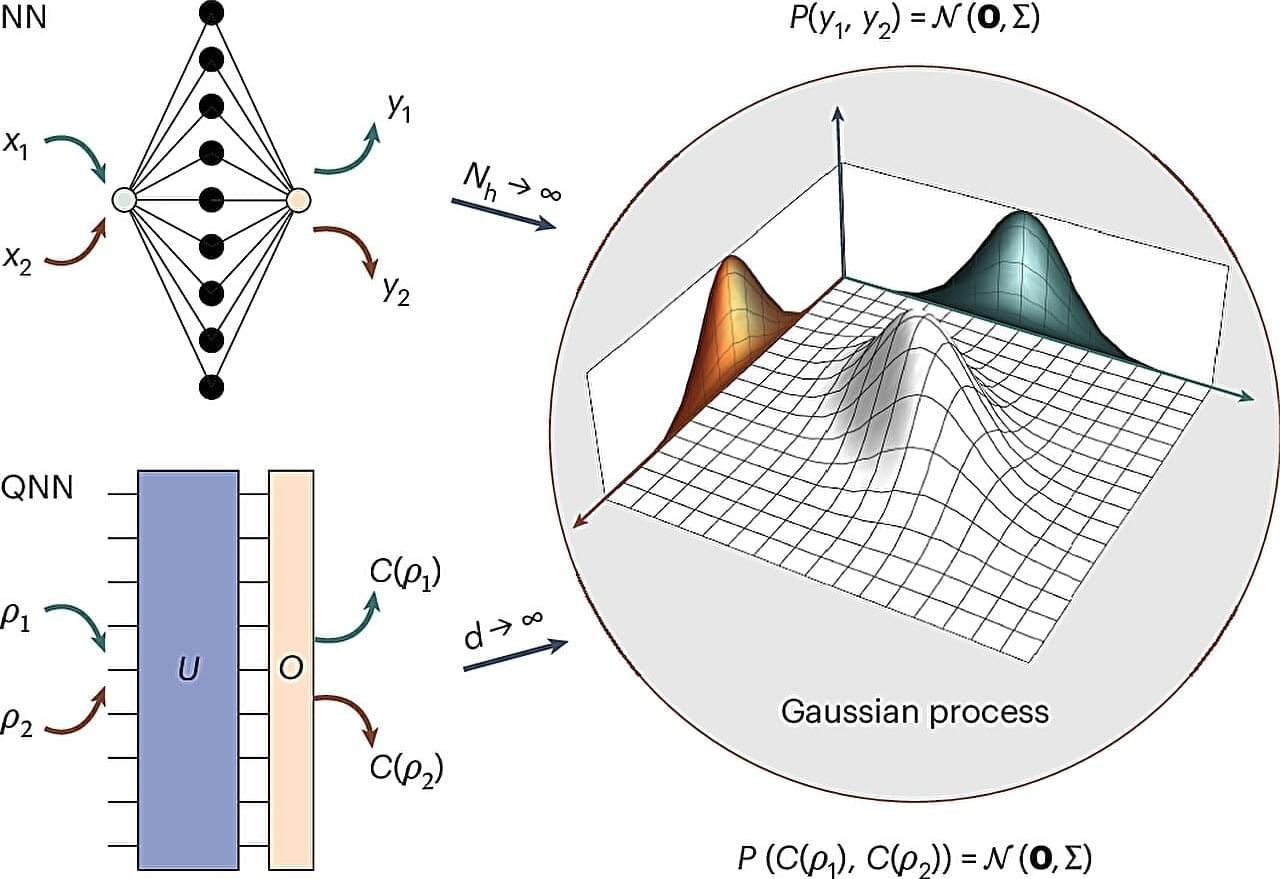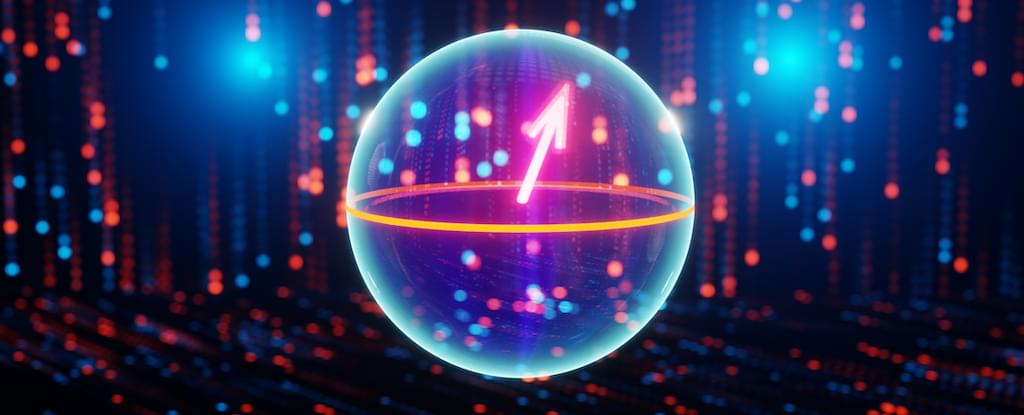In the everyday world that humans experience, objects behave in a predictable way, explained by classical physics. One of the important aspects of classical physics is that nothing travels faster than the speed of light. Even information is subject to this rule. However, in the 1930s, scientists discovered that very small particles abide by some very different rules. One of the more mind-boggling behaviors exhibited by these particles was quantum entanglement—which Albert Einstein termed “spooky action at a distance.”
In quantum entanglement, two particles can become entangled—meaning their properties are correlated with each other and measuring these properties will always give you opposite results (i.e., if one is oriented up, the other must be down). The strange part is that you still get correlated measurements instantaneously, even if these particles are very far away from each other.
If information cannot travel faster than the speed of light, then there should not be a way for one particle to immediately know the state of the other. This “spooky” quantum property is referred to as “nonlocality”—exhibiting effects that should not be possible at large distances in classical mechanics.







